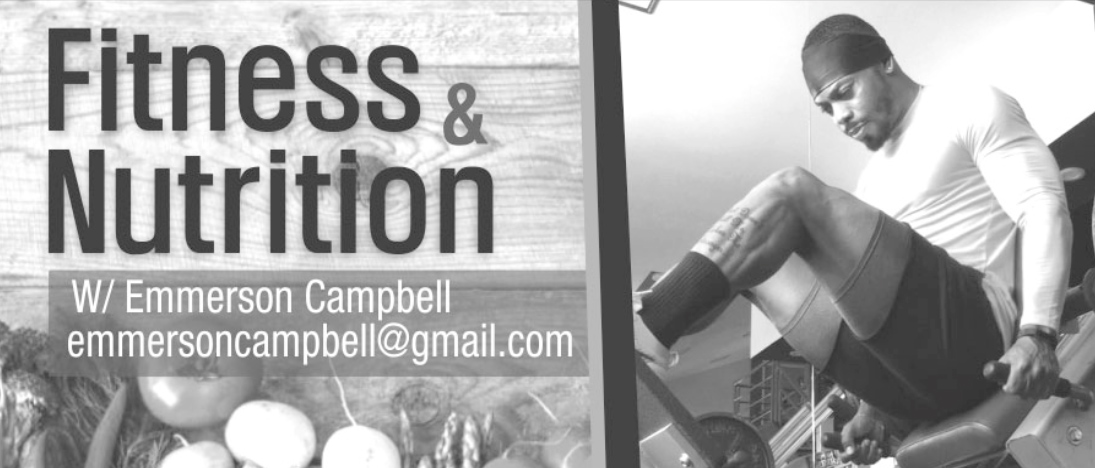The rectus abdominis, commonly called the abs, gets all the attention, and rightly so.
When your diet is dialled in and you’re strong and lean, the six pack is the centre of attention. But the two muscles on either side of your abs, called the oblique muscles, are either an afterthought or are totally forgotten about.
Often referred to as the love handles, the obliques not only look good but have important benefits for your health and performance. Here we’ll dive into the oblique muscles’ anatomy and function and the benefits of training them
Oblique muscles anatomy and function
The obliques comprise two main muscles: the internal and external obliques. They’re beside your six-pack muscles and run from the hips to the rib cage. The external oblique starts from the external surfaces of ribs 5 to 12 and inserts the linea alba, pubic tubercle, and anterior half of the iliac crest around the pelvis.
The internal obliques run directly under the external obliques, and the muscle fibres travel perpendicular to each other. Internal obliques originate from the inguinal ligament, iliac crest, and the lumbodorsal (back) fascia and insert on linea alba, pectineal line of pubis, and ribs 10 to 12.
The external and internal oblique function both bilaterally and unilaterally. But for our purposes, think of the obliques as a single muscle.
The oblique muscles’ three primary functions are:
Lateral flexion
Rotation
Spinal Flexion
They play a role in creating intra-abdominal pressure which is when you take a deep breath in and tighten your core area before a deadlift or squat. This action braces your spine to protect it from the shear loads placed upon it by the barbell. Doing so allows you to handle the heavier load with less injury risk.
But the obliques make their money by protecting the lower back from rotation known as anti-rotation.
Benefits of training the oblique muscles
Yes, having sleek love handles is amazing but there are a few important benefits of paying attention to your oblique muscles.
Helps to reduce lower back pain: Low back pain sucks and if you’re serious about lifting, you should be doing everything in your power to reduce your chances of this. Trust me I know, I have chronic lower back pain due to lifting for years without proper form. Because the obliques are attached to the spine, their strength, and length can take the pressure off your vertebrae, discs, and other neighbouring muscles to reduce your chances of suffering from a sore back.
Improved posture: Most muscles that attach to the spine play a role in good posture. If your obliques and other core muscles are too weak to support the spine, other muscles like the hip flexors and erector spinae muscles have to pick up the slack. This may result in posterior pelvic tilt and poor posture. Better to rectify this by training your obliques and sitting up straighter.
Better balance: If you wobble from side to side excessively when you walk, bend over, or stand, weak obliques may be the reason. As lateral flexion is one of the oblique functions, anti-lateral flexion is where the obliques come in. The stronger your obliques, the steadier you will be on your feet, therefore improving your balance and stability.
Improved centre of power: The core’s main job is to prevent movement so you can transfer power from your lower to the upper body without any ‘energy leaks’ from your midsection. Strong obliques prevent lateral flexion and rotation so you can change direction better, run faster, lift stronger, and throw balls hard and fast without getting injured.
So stop neglecting your obliques and get to training them.






